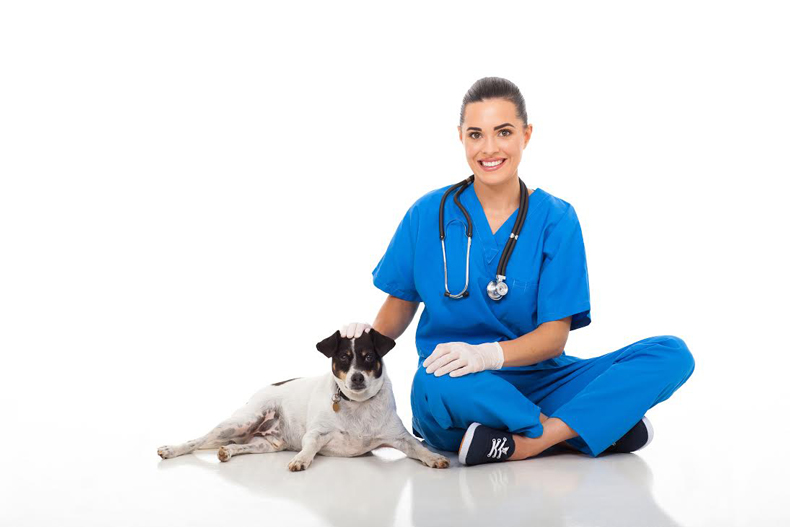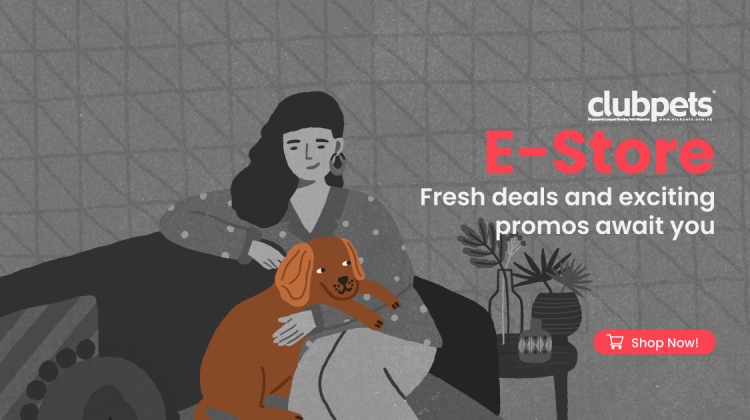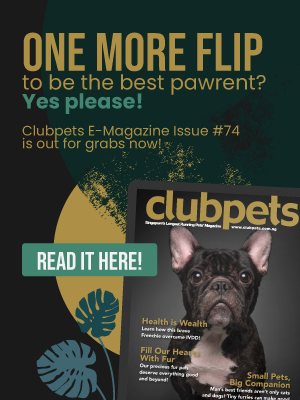Pets visiting the vet are often aware that something different is about to happen, even before entering the reception area. Similar to the parent of a child visiting the dentist for the first time, the tone of the owner’s voice, body language and stress level will affect how the pet reacts to an environment. As your pet looks up to you for assurance, it is important to stay relaxed and calm when preparing for a visit to the veterinarian.
What to Expect
A pet may become aggressive in the consultation room during an examination, due to the fear and inability to escape. Furthermore, some pets are stimulated by defensive aggression in an attempt to protect their owners in a seemingly menacing situation. Separation of the pet from its owner in this case will be helpful in reducing aggression during the examination.
It is crucial that owners understand that placing a muzzle on an aggressive dog for brief periods is not cruel, and instead has a calming effect while ensuring everyone’s safety. Owners can start training their dogs to use the muzzle by playing; tasty dog treats can be placed in the muzzle, too. In this way, your pet will associate the muzzle with happy memories, and be less upset when the vet uses it for the visit.
Read the Signs
Learning how to read the body language of your pet will help you to identify anxious or fearful behaviours. Signs that can indicate fear include lip licking, panting or drooling, sniffing, shaking, trembling or fidgeting. Some pets may appear to look away or turn their body and head down. Other signs include tension in body or facial features, holding their tail down or up, excessive fur shedding, urinating and defecating.
Prepare in Advance
Do prepare the things required for the visit to the vet ahead of time, such as your pet’s leash, carrier, favorite toys and treats. One of the reasons why pets are anxious within a veterinary setting is unfamiliarity with the territory. Gradually familiarise your pet with the vicinity where you will be taking it before your scheduled visit. If your pet is very anxious around other animals, try bringing it to the clinic on quieter days.
Calm is Key
A normally confident pet may panic and snap, or appear cautious and shy when visiting the vet. Both veterinarians and pet owners should stay calm at all times, give their pets plenty of space and not corner them to escalate the fear. There are several ways of approaching a stressed pet in a consultation room. Always use a gentle slow approach towards a stressed pet by kneeling down, avoiding sudden noises or movements. Mimicking the pet’s body language back to them, and avoiding leaning over, staring or putting your hands over your pet’s face will also help to calm a stressed pet. Finally, offer some treats and work towards patting the pet on the chest or under the chin.
In conclusion, perseverance and patience, along with lots of positive reinforcement for good behaviour will see your pet well on its way to enjoying a visit at the vet!












